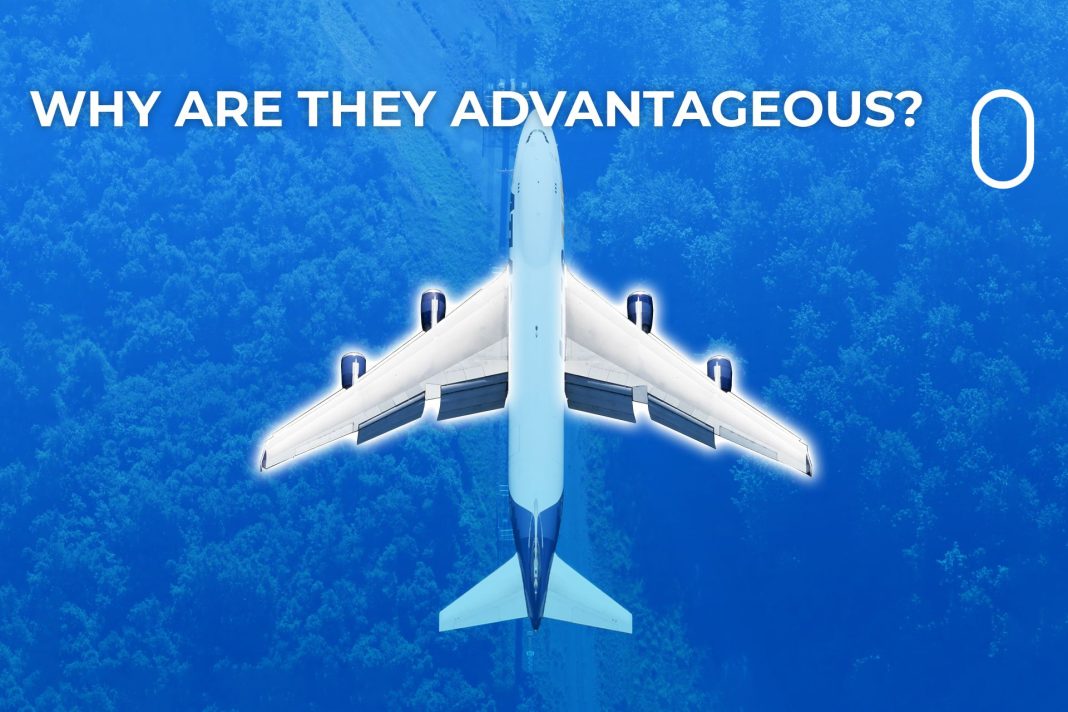The Germans started working on swept-back wings during WWII.
If you look at modern jet aircraft, you will notice that they all have swept-back wings. Unlike the early biplanes and monoplanes that had straight wings, the wings on modern jets are swept back in a v shape. Having said that, some wings are swept forward and delta wings like those used for the Anglo/French Concorde. Swept-back wings are always longer than rectangular wings because they are angled backward.
If you look back to the early days of flight during and just after the Wright brothers made their historic flight in Kitty Hawk, North Carolina, you will notice that the first successful planes adhered to having a rectangular wing at right angles to the body of the aircraft. In 1905, after having been obsessed with the idea of creating a swept-back wing so that pilots could have a better sideways view, British designer J. W. Dunne built a glider with swept-back wings. Dunne then moved on to building powered planes with swept-back wings, but his work stopped after the outbreak of WWI on July 28, 1914. Despite Dunne proving that swept-back wings worked, most aircraft manufactures dismissed his ideas and continued building aircraft with straight rectangular wings.
The Germans worked on swept-back wings during WWII
During the fifth Volta Conference organized by the Royal Academy of Science in Rome in 1935, German Aerospace engineer Adolf Busemann showed how swept-back wings on aircraft would produce less drag at high speeds. Following the conference, the Germans classified his work as top secret and did not come to the attention of the Allies until after the Second World War ended in 1945.
Intrigued by Busemann’s theory, in 1939, German physicist and wind turbine pioneer Albert Betz conducted tests to see how a swept back wing would perform at high speeds. The results of the tests confirmed that they did indeed reduce drag at speeds of Mach 0.7 and 0.9. Believing that he was onto something, Betz passed the information to German aircraft designer Willy Messerschmitt. The tests were expanded and used for the first time on the Messerschmitt Me 262 and the rocket-powered Messerschmitt Me 163.
The Americans took a German jet prototype back to the United States
As the war ended, the Germans were working on a prototype jet aircraft called the “Messerschmitt Me P.1101.” Despite only being 80% complete, the Americans took the aircraft back to the United States and used it as a blueprint for their experimental jet fighters.
An apparent reference to this is that a swept-back wing was first used on the B-47 Stratojet. After the occupation of Germany by American troops in May 1945, Massachusetts Institute of Technology (MIT) educated George S. Schairer visited the German Aviation Research Institute (Luftfahrt-Forschungsanstalt-LFA) in Braunschweig-Völkenrode, Lower Saxony. While there, Schairer, who also happened to be the chief aerodynamics engineer at Boeing,, discovered extensive wing tunnel research,, revealing the advantages of a swept-back wing over a straight one.
The advantages of swept-back wings
Work continued on planes with swept-back wings during the 1950s and 1960s, leading up to the modern jet aircraft we see today. The advantages of using a swept back wing on a high-speed plane are:
- They reduce the effects of turbulence
- They provide longitudinal stability for tailless aircraft like the Concorde passenger jet and the Vulcan bomber.
- They help to increase aircraft speeds by delaying the effect of abrupt changes in airflow
- They provide static aero elastic relief for the wing by reducing bending under high g-forces
[ad_2]
Source link






